High above the Earth's surface, where commercial jets rarely venture and the atmosphere thins to near-space conditions, an unconventional scientific platform is enabling groundbreaking research. Stratospheric laboratory balloons, operating at altitudes around 20 kilometers, have emerged as vital tools for atmospheric studies, astronomical observations, and technological testing.
The Floating Laboratories
These massive balloons, some as large as football stadiums when fully inflated, carry payloads of sophisticated instruments to the edge of space. Unlike their smaller weather balloon cousins, scientific balloons can remain aloft for weeks or even months, drifting on carefully selected atmospheric currents while collecting invaluable data. NASA's Columbia Scientific Balloon Facility alone launches 10-15 such missions annually, with other space agencies and research institutions worldwide maintaining active programs.
The stratosphere offers unique advantages as a scientific platform. At 20 km altitude, these balloons float above 99% of Earth's atmosphere, providing astronomers with crystal-clear views of cosmic phenomena. For atmospheric chemists, this region represents a critical boundary layer where ozone chemistry and climate-influencing processes occur. The relatively stable flight conditions and low vibration environment make these platforms ideal for testing sensitive instruments destined for future space missions.
Engineering Marvels Aloft
Constructing these high-altitude laboratories presents extraordinary engineering challenges. The balloons themselves are marvels of materials science - constructed from ultrathin polyethylene films no thicker than a sandwich bag, yet strong enough to withstand enormous pressure differentials. When fully inflated at altitude, some research balloons expand to volumes exceeding 1 million cubic meters.
The payload systems represent another feat of engineering miniaturization and ruggedization. Scientific teams must pack their instruments into compact, lightweight packages that can survive temperatures plunging to -90°C while operating on limited power supplies. Everything must function flawlessly in the near-vacuum conditions of the stratosphere, where a single malfunction could doom months of preparation and millions in research funding.
Modern stratospheric balloons incorporate sophisticated flight control systems that were unimaginable to early researchers. "Smart balloons" can now adjust their altitude by releasing ballast or venting gas to catch favorable wind currents, dramatically extending their operational lifetimes. Some advanced models even feature limited steering capability using differential heating techniques that exploit daily temperature variations in the stratosphere.
Scientific Discoveries from Above
The contributions of stratospheric balloons to scientific knowledge are both broad and profound. In astrophysics, balloon-borne telescopes have made pioneering observations of cosmic microwave background radiation, providing crucial evidence about the early universe's formation. Instruments like the Super Pressure Balloon Imaging Telescope (SuperBIT) have achieved space telescope-quality imaging at a fraction of the cost of orbital missions.
Atmospheric researchers rely on these platforms to study ozone depletion mechanisms, measure greenhouse gas distributions, and track the movement of aerosol particles across continents. During the 2020 Australian wildfires, balloon missions provided critical data about how smoke particles affected stratospheric chemistry on a global scale - information that ground-based instruments simply couldn't capture.
Emerging fields also benefit from access to near-space conditions. Biologists use balloons to study extremophile microorganisms at the edge of space, while materials scientists test new alloys and composites under conditions that simulate the Martian atmosphere. Even the burgeoning commercial space industry utilizes balloon platforms to test spacecraft components before committing to expensive orbital launches.
The Future of High-Altitude Science
As technology advances, stratospheric balloons are poised to take on even more ambitious roles. NASA's Ultra Long Duration Balloon program aims to develop systems capable of circumnavigating the globe while carrying multi-ton payloads. Private companies are experimenting with balloon arrays that could provide persistent Earth observation or even serve as floating communications hubs.
Perhaps most exciting are the developments in hybrid systems that combine balloon platforms with other technologies. Some experimental missions now deploy swarms of small drones from mothership balloons, creating mobile sensor networks in the upper atmosphere. Other concepts envision balloon-launched rockets that could dramatically reduce the cost of sending small payloads into orbit.
Despite the glamour of orbital spaceflight, stratospheric balloons continue to offer unmatched capabilities for certain research applications. Their ability to carry heavy payloads, provide extended observation times, and be recovered for instrument reuse makes them indispensable tools in the scientist's arsenal. As one veteran balloon researcher remarked, "Sometimes the best way to study the stars or our own planet isn't by going all the way to space - but by hovering right at its edge."
For budget-conscious researchers, the cost advantage remains compelling. A typical stratospheric balloon mission costs between $1-5 million - mere pocket change compared to the hundreds of millions required for comparable satellite missions. This affordability democratizes access to near-space research, allowing universities and smaller nations to conduct meaningful atmospheric and astronomical studies.
As climate change increases the urgency of atmospheric research and private sector interest in near-space operations grows, these high-flying laboratories will likely play an increasingly important role in 21st century science. Their unique combination of accessibility, versatility and capability ensures that stratospheric balloons will remain aloft in the service of discovery for decades to come.
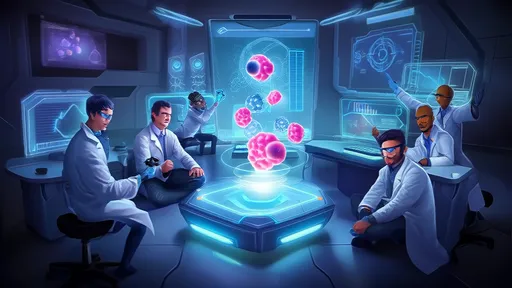
By /Jul 2, 2025

By /Jul 2, 2025

By /Jul 2, 2025
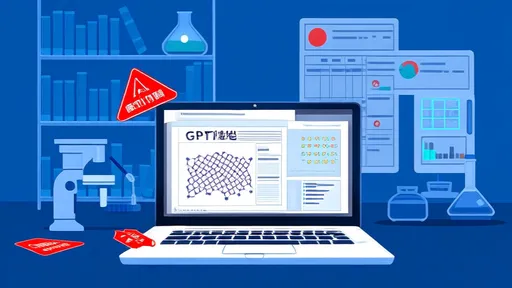
By /Jul 2, 2025
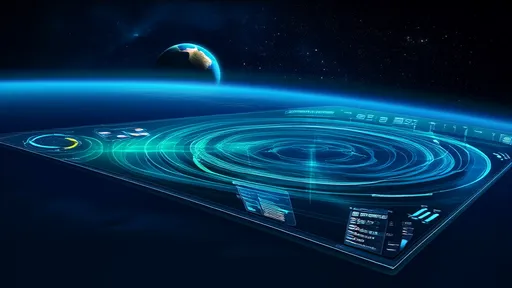
By /Jul 2, 2025

By /Jul 2, 2025

By /Jul 2, 2025

By /Jul 2, 2025
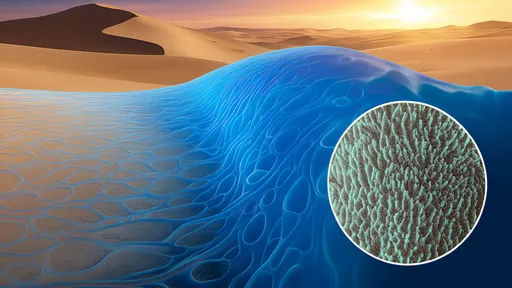
By /Jul 2, 2025
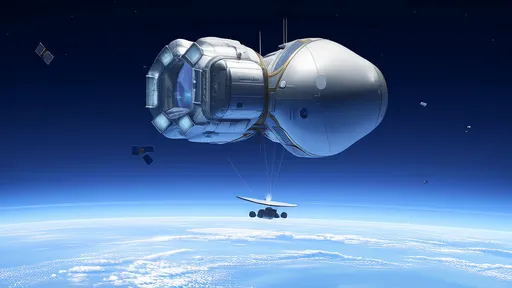
By /Jul 2, 2025

By /Jul 2, 2025
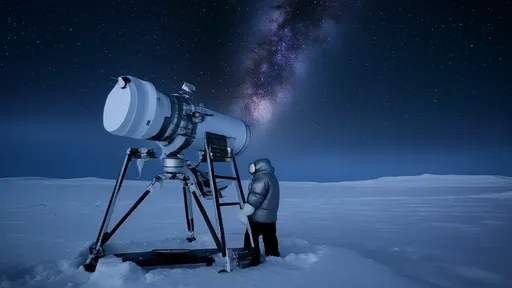
By /Jul 2, 2025

By /Jul 2, 2025

By /Jul 2, 2025

By /Jul 2, 2025

By /Jul 2, 2025
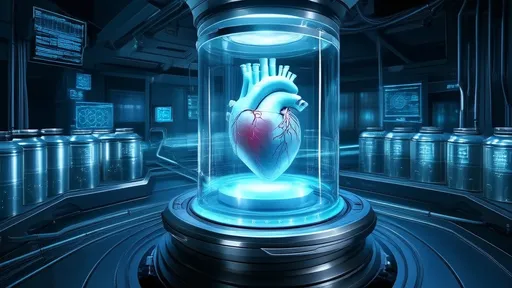
By /Jul 2, 2025

By /Jul 2, 2025

By /Jul 2, 2025

By /Jul 2, 2025